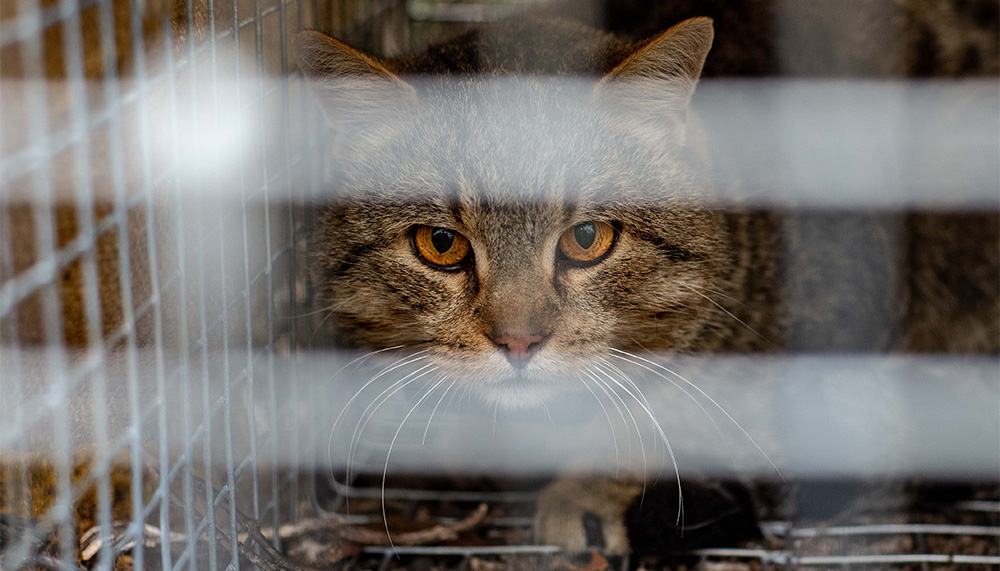With the recent completion of a 3km long cat fence, rich birdlife is returning to eastern Kangaroo Island, SA.
Story Sarah Harris Photo Rosie Hohnen
Even before officials symbolically locked the gate on Kangaroo Island’s completed feral cat fence in October, Dudley Peninsula grazier Peter Atkinson observed a welcome difference. “We could hear different bird calls because the number of cats is down,” Peter says. “There were so many baby plovers running around and black swans with cygnets appearing on dams where they have never been seen before.”
The 3km, 1.8m high electrified mesh fence, which intersects Australia’s third largest island at its narrowest point, separates the eastern Dudley area from the rest of the island, and marks the frontline of a war being waged against a wily enemy of both native wildlife and the local sheep industry.
“The fence was put there, and the Dudley chosen, as a kind of proof of concept, because it is such a big area – about 384sq km,” says Dr James Smith, leader of the Kangaroo Island Landscape Board feral cat eradication project. “It gives us a hard edge to work, but it is a smaller piece of a much bigger story while we build a case and capacity for the whole island.”
Across Australia, feral cats kill an estimated 3–20 billion native animals every year. They are 10 times more abundant on the 4405sq km isle than on the mainland.
This story excerpt is from Issue #140
Outback Magazine: December/January 2022









